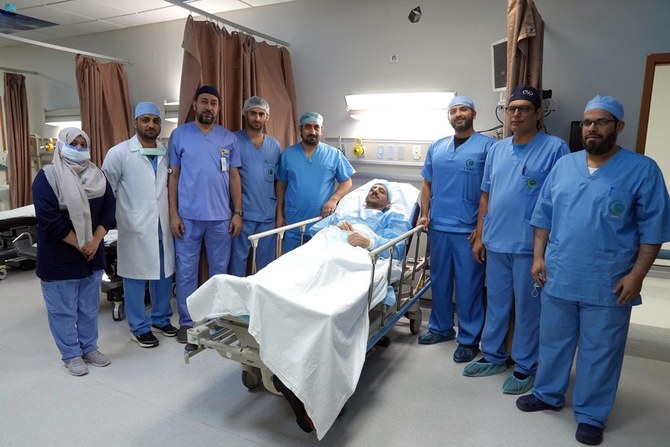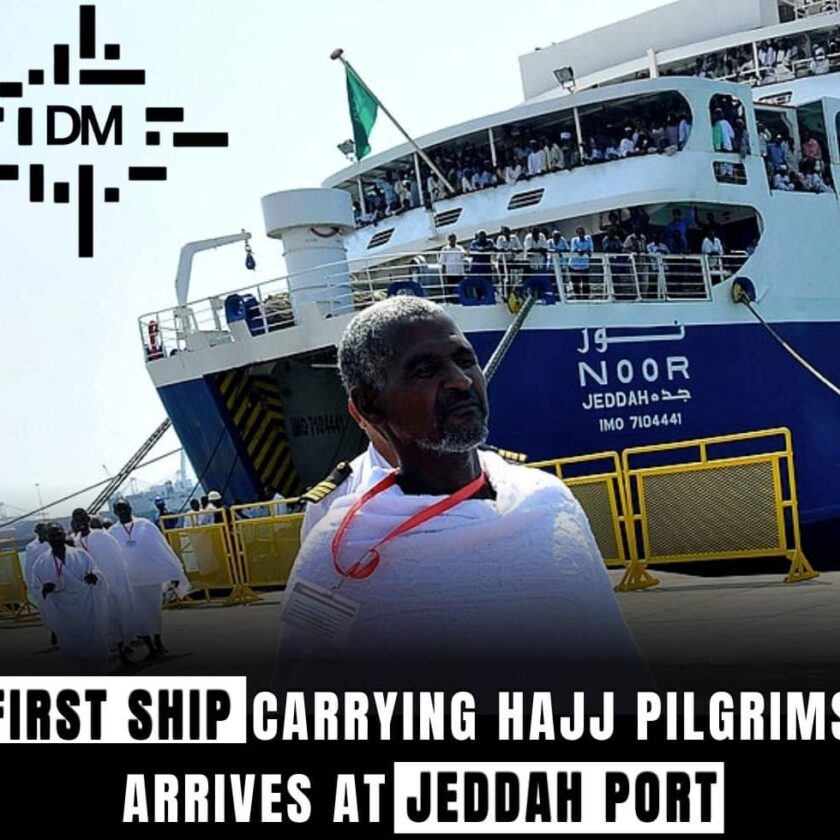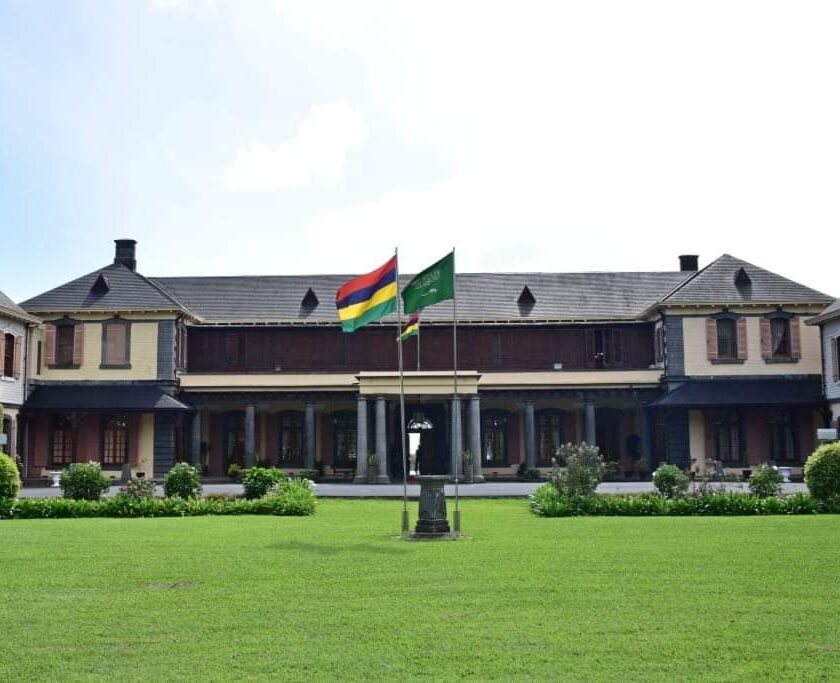
- The worshipper had arrived in the Kingdom to perform pilgrimage rituals but suffered complete retinal detachment accompanied by severe myopia in the left eye
- The health-center team regularly performs eye-surgery procedures using the latest medical technology
MAKKAH: A team from King Abdullah Medical City’s eye health clinic in Makkah has helped an Iranian pilgrim regain his sight after nearly going blind in one eye.
The worshipper had arrived in the Kingdom to perform pilgrimage rituals but suffered complete retinal detachment accompanied by severe myopia in the left eye. He also had a cataract with atrophy of the retina and the uvea.
The nature of the case required a complicated medical procedure during which the cataract was removed, a lens was implanted, and the retina was fixed using silicone oil.
Following the successful two-hour operation, the pilgrim will recuperate before commencing the Hajj pilgrimage.
The health-center team regularly performs eye-surgery procedures using the latest medical technology.
Additionally, the General Presidency for the Affairs of the Two Holy Mosques distributes umbrellas to pilgrims in the circumambulation area and outer squares surrounding the Grand Mosque in Makkah.
The presidency’s undersecretary-general for social, voluntary, and humanitarian services, Khalid bin Fahd Al-Shalawi, said initiatives were in place to provide the best standard of services to pilgrims.
Al-Mashaaer Al-Mugaddassah Metro line at the holy sites is one of the most notable projects implemented by the Kingdom to serve pilgrims.
It won the Franz Edelman Award for the best applied and operational research and was named among the global top-24 projects of the last century by the International Federation of Consulting Engineers.
The high-speed electric train, launched in November 2010, annually transports Hajj pilgrims between the holy sites of Mina, Arafat, and Muzdalifah.
The 18-kilometer railway has nine stations, three at each site, with the last station located near the Jamarat Bridge. The train travels at 80 km per hour and makes the journey between Mina and Arafat in around 20 minutes.
A total of 17 trains serve the holy sites, each with a carrying capacity of 3,000 passengers.
During the 2019 Hajj, the railway transported 2.3 million passengers on 2,170 trips. It stopped running during the coronavirus pandemic, but began operating again in 2022, carrying 1.35 million passengers on 2,228 trips.





